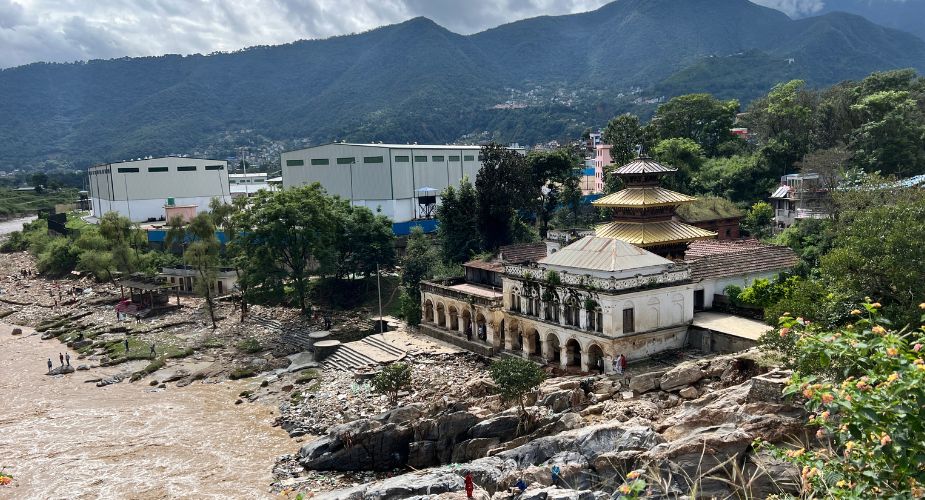Is Nepal Safe to Travel After the Recent Devastating Flood? Here’s What You Need to Know


Is Nepal safe to travel after flood the Recent Floods? This question arose following the recent floods that impacted Kathmandu and other parts of Nepal. The beautiful country Nepal has a rich culture, and recently experienced a devastating flood caused by two days of torrential rain over the weekend. The flooding and subsequent mudslides severely impacted Kathmandu, the capital city, and several other areas, resulting in significant loss of life and widespread property damage. As of now, more than 199 lives have been lost, and the cost of the damage to both public and private properties is estimated to be in the billions of rupees.
The flood mainly affected Koshi and Bagmati provinces, with houses and properties near riverbanks either heavily flooded or swept away. The major infrastructures, including bridges, and men crossing suspension bridges over the Sunkoshi and Trishuli Rivers, and rods were damaged or washed away. Major highways, including the Prithvi, BP, and Araniko highways, which are vital routes connecting the capital with other parts of the country, were also affected by mudslides, making travel difficult in certain areas.
Were Any Tourists Affected by the Recent Floods?
According to reports from The Kathmandu Post, one Korean national tragically lost his life in the Sunkoshi region while on holiday with a Nepali companion. However, no other tourists have been reported as casualties, and the flood-affected areas were largely outside the primary tourist destinations.
Impact on Popular Tourist Areas
Despite the devastation in certain regions, most of Nepal’s popular trekking and tourist destinations, including Everest, Annapurna, Langtang, Manaslu, and Pokhara, have remained unaffected by the floods. These areas continue to be safe for travel, and trekking routes remain open.

Changes to Travel Plans
One of the most significant impacts on tourism is the destruction of the Manthali Connecting Bridges by the Sunkoshi River. Flights to Lukla, a gateway to the Everest region, are typically operated from Manthali Airport, which is about a four-hour drive from Kathmandu. However, with the bridges swept away by the floodwaters, flights to Lukla will now depart from Kathmandu until further notice, making travel more convenient for those heading to the Everest region.
The flood has certainly caused disruptions in some regions, but the Nepali government, along with local authorities, is working hard to restore damaged infrastructure and ensure the safety of locals and visitors. Tourists are advised to stay updated on travel advisories and follow local guidelines.
FAQs About Traveling to Nepal After the Flood
-
Is it safe to travel to Nepal now?
Yes, most of Nepal’s popular tourist destinations, such as the Everest, Annapurna, and Pokhara regions, were not directly affected by the recent floods. However, travelers should check local updates regarding road conditions and infrastructure repairs.
-
Were any tourist attractions damaged by the flood?
No major tourist attractions were damaged. The flood-affected areas were primarily in regions less frequented by tourists. Most trekking routes remain safe and open.
-
How will the flooding impact travel to the Everest region?
Flights to Lukla, a common entry point for Everest treks, will now operate from Kathmandu due to the damage to the Manthali bridges. This change actually simplifies travel for many trekkers.
-
What should travelers do to stay safe?
It is recommended that travelers stay informed about road conditions, follow travel advisories, and check with their tour operators for any changes in routes or schedules.
-
Are there any health concerns following the flood?
As with any natural disaster, there may be concerns about waterborne diseases or limited access to certain health facilities in flood-affected regions. Travelers should ensure they have travel insurance and take necessary health precautions.

Conclusion
While the recent floods have caused significant challenges for Nepal, the country remains open for tourism. The popular trekking routes and tourist areas remain unaffected, and the Nepali government is working to ensure safe travel for all visitors. With appropriate planning and awareness, Nepal continues to be a rewarding and safe destination for travelers.







